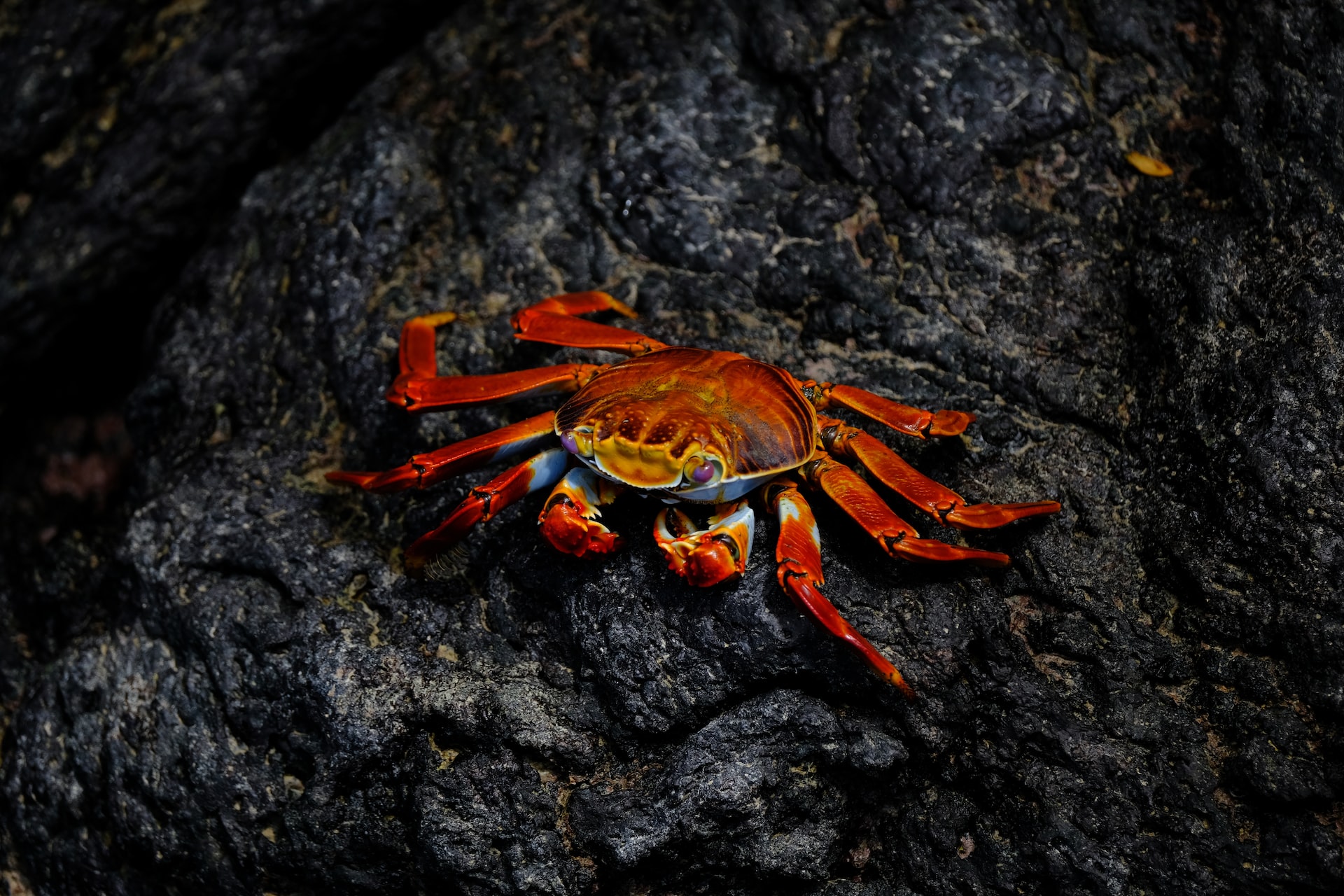What does it mean to “catch a crab”? In American English, Crab hunting is referred to as rowing. Inadvertently not clearing the water on the recovery stroke, throwing the boat off balance or making it difficult to proceed. See the complete definition of crab. Since crabs are very voracious and have an acute sense of smell, the more pungent the bait, the better. Some of the amazing facts about the catching of the crabs are discussed as follows:
FACTS ABOUT CRAB HUNTING:
Firstly the most amazing fact about catching the crabs is when the bait is gone, the crabs will turn on each other and often produce one giant survivor-crab, therefore you shouldn’t keep your crab trapsfor several hours in the water. While crabs can move in all directions, they typically move and run in a sideways fashion. Since crabs are decapods, they have ten legs. 1000–2000 eggs can be released all at once by female crabs. Small crabs typically live for three to four years, but larger species, like the enormous Japanese spider crab, can live for up to one hundred years.
With an estimated tens of millions of individual crabs, there are over 4,000 different species of crab in existence. Despite having been on our planet for over 445 million years, they have rarely changed and evolved from their original state. However, when they want to, crabs may go a great distance; once, one was said to have travelled 13 km (8 miles) in a single day! That is a lot for an animal with six gangly legs that is the size of a melon.
FINAL WORDS:
A crab is a marine arthropod that is a member of the crustacean subphylum. Despite being invertebrates without a backbone, they are protected from predators by their exoskeleton. They move sideways while walking on all four legs. They can hunt more effectively thanks to their powerful claws. All around the world, people mostly eat them for their meat. Among all the amazing activities,yet crab hunting is one of the popular activities in the world.
